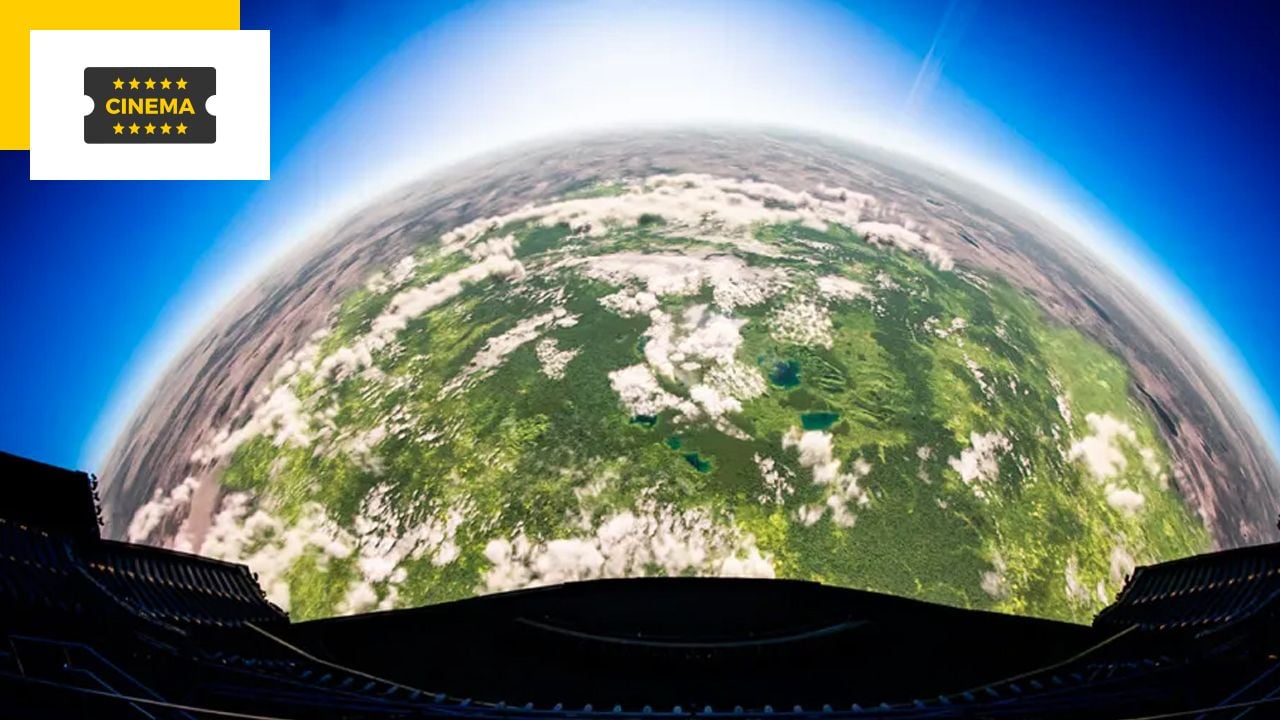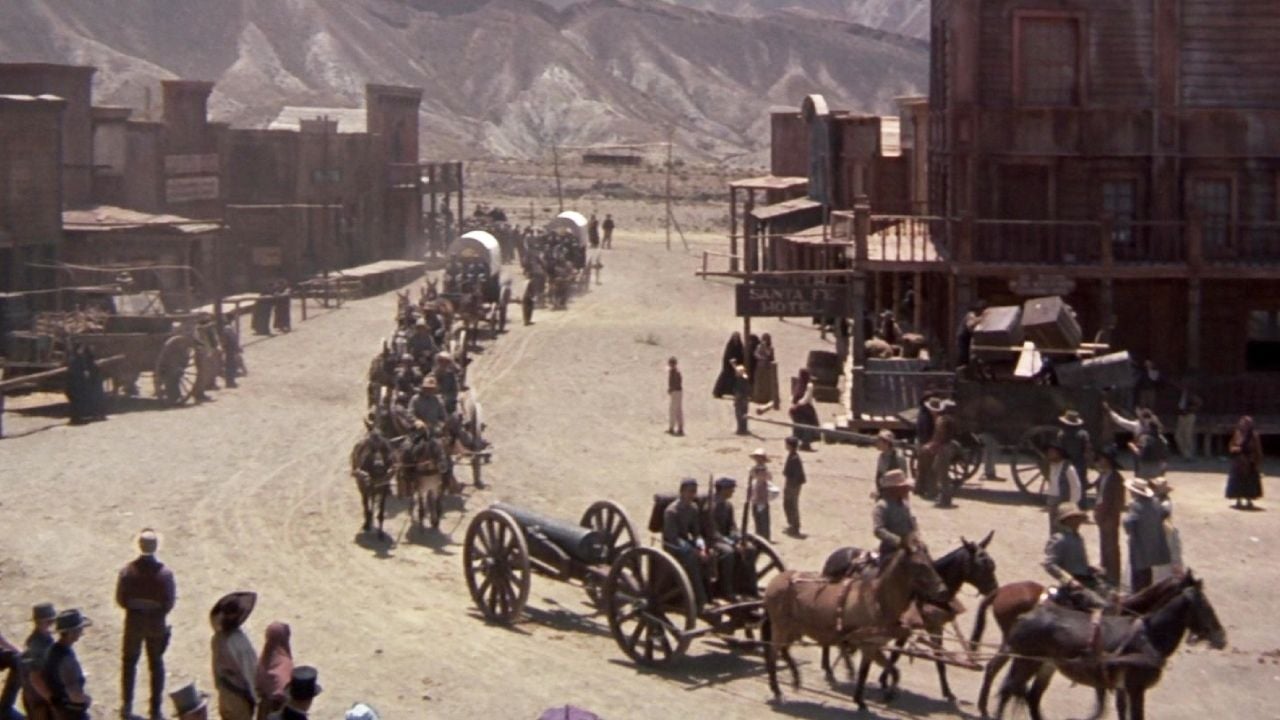After launching with U2 concerts on September 29, the Las Vegas Sphere presented its first film on Friday: Darren Aronofsky’s documentary Postcard from Earth.
The 112-meter-high spherical arena contains a packed audience of 16K resolution that extends beyond the audience’s peripheral vision, above and behind them. With its speakers equipped with beam-forming technologies and a spatial audio system (both the largest on the planet), Sphere offers a spectacular 4D cinematic experience, supported by moving seats and environmental effects (such as wind).
Filmed exclusively for projection in this ‘room’, the documentary immerses viewers in a variety of larger-than-life experiences, such as walking with elephants on safari, swimming with sharks or observing Earth from a distant planet.
The feature film also showcases the potential of this new canvas for filmmakers. “I’m still figuring it out“, the Oscar-nominated director of Black Swan and The Whale told The Hollywood Reporter.
“It’s a really different medium because you create the immersive nature of every image and how it translates to the viewer.,” explains Aronofsky, who recalled the Loomer brothers’ 1895 short film L’Arrivée d’un train en gare de La Ciotat when making the film, known for surprising audiences who believed a moving train was actually approaching. “It kind of had the effect of opening up the field… that moment where the expectations of what you’re looking at suddenly change.“
A new page in the history of cinema?
As in the early days of cinema, production tools evolved as film was made. “We started with nine red cameras soldered together to get the resolution we needed to image the sphere.“, remember Darren Aronofskywhich subsequently received the first prototype of a custom Big Sky 18K camera invented specifically for Sphere to create content.
The hour-long film is a world tour — the team traveled to no fewer than 26 countries to film their footage — complete with a story set in space that begins when two humans land on Saturn.
And no detail was left to chance, down to the tiny spider on the cave ceiling. One of these creatures actually caused quite a reaction by jumping into the audience. Among the striking shots are those of a giraffe leaning towards the public – images obtained by leaving the camera alone with the animals – or even elephants walking close to the public. “There are a few tricks I won’t reveal, but an elephant almost stepped on a million dollar camera“, admits the director. To do this, they turned to a group of natural history photographers.
Check the result… a month before the movie starts
broadcasting A postcard from Earth The Sphere (with standing room capacity at full capacity, it can seat up to 20,000 people, but not all seats will be used for the film) resulted in a tight production schedule involving both extensive fabrication and complex production and post-production.
“The image is 270 degrees, the sounds must be in the right place. But you can’t really mess it up on normal movie screens because you don’t know exactly where it’s going.So the team had to imagine what it would be like before they entered the room, and the final result was only tested in early September. Darren Aronofsky It also specified that the film contained half a petabyte of data.
Even then, the work had to go on: testing and preparing the final elements, such as wind effects coming from the front of the room. “It takes about 30 seconds for a few gusts of wind to hit you, so we had to time how the wind would get to the first and last row.“, he explains. “They put these plastic cups over the fairy lights so we knew when the wind was in different places. … It was a tense month.“
A postcard from Earth can be found on the field during your next trip to Las Vegas.
Source: Allocine
Rose James is a Gossipify movie and series reviewer known for her in-depth analysis and unique perspective on the latest releases. With a background in film studies, she provides engaging and informative reviews, and keeps readers up to date with industry trends and emerging talents.


![Tomorrow belongs to us: What awaits you on October 7, 2025, on Tuesday, October 7, in the episode of 2047 [SPOILERS] Tomorrow belongs to us: What awaits you on October 7, 2025, on Tuesday, October 7, in the episode of 2047 [SPOILERS]](https://fr.web.img6.acsta.net/img/61/9f/619fc3d618d54688e7b46ed4f93d71ea.jpg)


